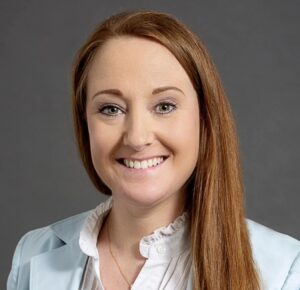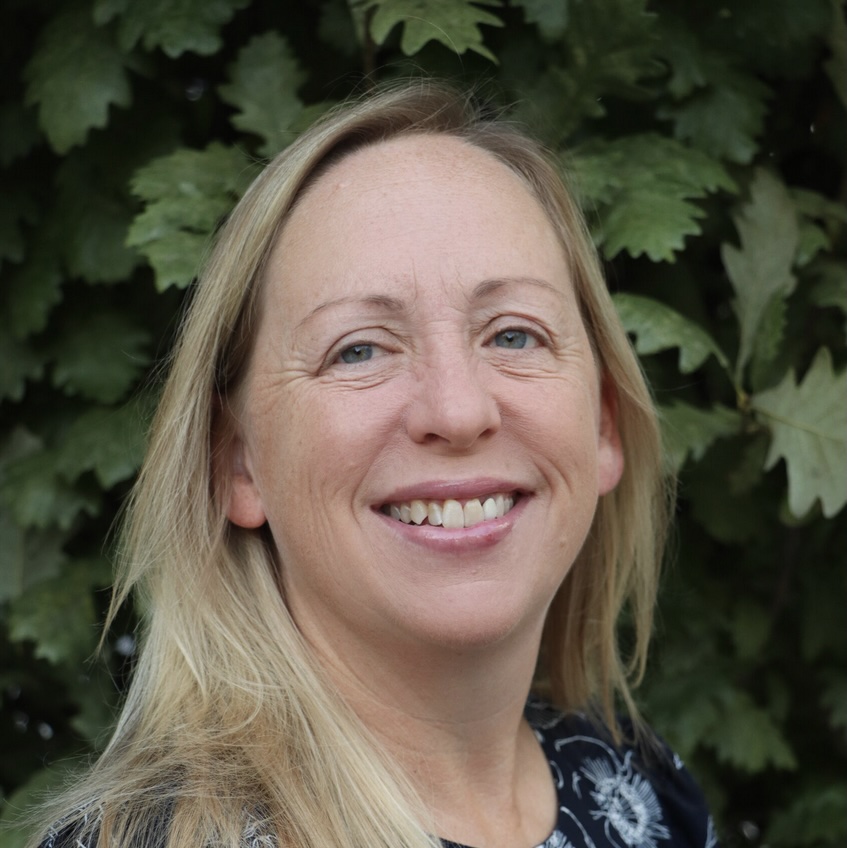It’s amazing. A CIO can lead a hundred successful initiatives and have one that doesn’t go smoothly, and that’s the one they’ll remember.
But it’s the mistakes that end up having the biggest impact – and can even help create a better path forward. For Bridgett Ojeda’s team, it was an ill-fated decision to roll out smartphones to nurses, replacing the hands-free communication badges they had been using.
“These smartphones were giving them five additional features,” which they thought would rate highly in terms of user experience. However, “we quickly found out that hands free was the holy grail that we didn’t take into account. And so, the nurses were not appreciative of having a smartphone that could do a lot more.”
The lesson was pretty clear: input from customers should be considered, and frontline staff should be included in the evaluation phases of any new technology initiatives, say Ojeda, who has been CIO at Nebraska-based Bryan Health since 2021. “Making assumptions is dangerous; we learned quickly from that moment.”

Bridgett Ojeda
And importantly, they applied those learnings to subsequent rollouts, particularly those involving advanced AI. During a recent Keynote interview with Sarah Richardson, Ojeda talked about her team’s AI strategy, what she believes are the biggest stressors facing CIOs, and the importance of having regular chats.
Like most organizations, Bryan Health isn’t immune to the excitement around AI tools like voice recognition and natural language processing. But before leadership even considered making the leap, they ensured a solid business case was in place. “We’re very diligent about ensuring that the AI tools we’re implementing are solving a problem we have. Otherwise, we’re just creating a disruption with no return,” she said.
And of course, there’s the infrastructure piece. “It’s also critical not to lose sight of the digital transformation triangle or the people/process aspect when implementing AI,” Ojeda added, and to ensure they’re designed for optimal workflows and usability. “We need to think through our strategic plans and how we align AI tools that meet our organizational goals.”
The answer was ambient listening, which has helped minimize the administrative burden on clinicians, and consequently, improve staff retention. Not only that; it has brought joy back to the practice medicine, which has been the difference maker. “Now technology is working for us, not against us,” she said. “That’s where I want to see AI tools continue to advance.”
Enabling that, however, means contending with some significant challenges. The first, not surprisingly, is tight operating margins, which make it difficult to drive innovation. Bryan is working to solve it by building a roadmap to help identify lifecycle demands and anticipate needs for enhancements or upgrades.
The second? Enterprise cybersecurity risk management and the critical balance leaders must strike between user experience and security. It starts with implementing action plans around SIS controls to strengthen their cyber posture, Ojeda noted. As such, Bryan not only has a solid IT governance structure led by operationss, but also “built-in oversight of our cybersecurity and legal teams. This ensures that our innovation and initiatives align with security and compliance requirements.”
Part of that dedication to security means willing to take a hard stance, she said. “We work very closely in concert with our tech vendors and partners to ensure their solutions meet our security standards. We have clear expectations regarding data protection and how that data can be used.” And if the two sides can’t agree on data standards, leaders must be prepared to walk away, which her team is. “We won’t compromise our integrity, or do anything that threatens our mission of putting patients first.”
The third challenge is building and maintaining an engaged workforce. To that end, her team is developing IT career pathways that highlight opportunities available to staff, while also devoping programs focused on mentoring and job shadowing.
What’s just as important as the structure of a program, however, is the culture driving it. “First and foremost, it’s hiring incredible managers who are invested in their team’s success. It's ensuring we actively listen to our staff and build in multi-channel feedback loops,” Ojeda noted. Doing so helps to create a culture where gratitude is a priority and staff feel a sense of belonging. “We want to ensure we know what’s important to our staff.
There are number of ways to do that, including rounding, regular check-ins, and sitting down to lunch with each new staff member. “It’s important that I get to know every player on our team.”
Another method is through what she calls “coffee talks” in which small randomized groups meet to discuss concerns and get to know each other.
It’s all part of the collaborative culture her team has established. “We try to promote ongoing education and investment in our team members. We encourage our team to spend time with their customers so they can see how their work impacts the day-to-day lives of the people we serve,” she said. “It also keeps our team members tied to our purpose.”
What ties all of that together, according to Ojeda, is Bryan’s mission statement: ‘One patient, one story, and one health system, forward together.’ At its core, it’s about ensuring stakeholders are involved and invested every step of the way. “We are very methodical in our implementation strategies to ensure our operations are in lock step with us,” she said. “From the kickoff date to go-live, all the way to the closure and post implementation reviews, forward together is where we really need to lean into our governance structure to ensure that we have buy-in and initiatives are operationally led and IT supported. Our stakeholders prioritize the projects and the work we do.”
By adhering to those standards and fostering a culture of collaboration and innovation, Bryan’s aim is to create “a robust healthcare IT infrastructure that ultimately creates efficiencies for our staff and physicians, and creates great outcomes for patients.”


Questions about the Podcast?
Contact us with any questions, requests, or comments about the show. We love hearing your feedback.

© Copyright 2024 Health Lyrics All rights reserved